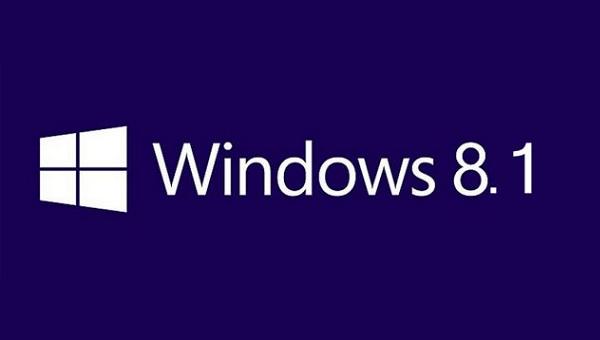Last Updated on April 1, 2017 by Mathew Diekhake
Our personal computers often contain important data for both work and our social lives. The following guide teaches you how to get access to files on your computers hard drive when Windows crashes. Furthermore, you can follow the guide to back up your files and data before Windows can crash. Many people can’t live without knowing their data is safe. Take the time to follow the guide below if you are one of those people.
Notes:
The following guide does work no matter the Windows version you are running. It works for those running Windows XP and up. We specify where the differences change during the guide depending on the operating system you are using.

How To Recovery Or Backup Data With A Bootable Windows System repair Disk or USB Drive
- Create a Windows installation disk or use the Windows installation disk you bought. Nowadays with Windows 10, you can install it with an ISO file and not just a disk.
- Once you have the installation disk/DVD or USB flash drive, connect it with the Windows PC.
- Plug in the external hard drive/where you plan on storing the files.
- Navigate to the Start > Shut Down and turn off your computer. If you are using Windows 8 you’ll need to shut down via the Charms bar. Move the cursor to the top right side of the display to bring out the transparent Charms bar or swipe from the right side of the display if your device has a touch screen like a Microsoft Surface Pro or RT device.
- Your PC will probably automatically boot into the CD/DVD/USB, but if it doesn’t you’ll need to press any key to continue during the booting process.
– those without either of the two options on the display might need to change the system BIOS. Watch the screen during the booting process to find out how to enter the BIOS for your device. It is usually one of the ‘F’ keys and it varies depending on your operating system version. However, it always tells you after you turn on the computer and before Windows loads. - When you see the operating system installation screen, you’ll see a smaller link toward the bottom of the display that says ‘Repair your computer’. Click the Repair your computer option.
– note that all the Windows operating system have this exact wording. Instead of clicking the “install’ option on the display, click the repair option located beneath it. The repair link is there for Windows XP, Windows Vista, Windows 7, Windows 8 and Windows 10. - Those using Windows 8 and Windows 10 must head to the Troubleshoot > Advanced Options > Command Prompt.
- Those using Windows 7, Vista and XP must head to Restore your computer using a system image you created earlier > Next > Cancel > Cancel > System recovery Options > Command prompt.
- Now everyone should be at the command prompt.
- Type your first command: “notepad”.
- You’ll now see the notepad open on your display. Now from within the Notepad, click the File option from the menu, followed by Open.
- Choose the “All Files” option from the type of files at the bottom of the window.
- Without opening any of the files, copy the files you want to back up from your hard drive and over to the external hard drive. You should be able to drag and drop the files for this. Larger files can take some time to completely transfer so if it’s a large backup, be sure to give yourself enough time.
Tip: Only transfer one or two files at a time. It might seem easier to start transferring many files at once, but it results in a slower transfer time.
